
Barns of Connecticut

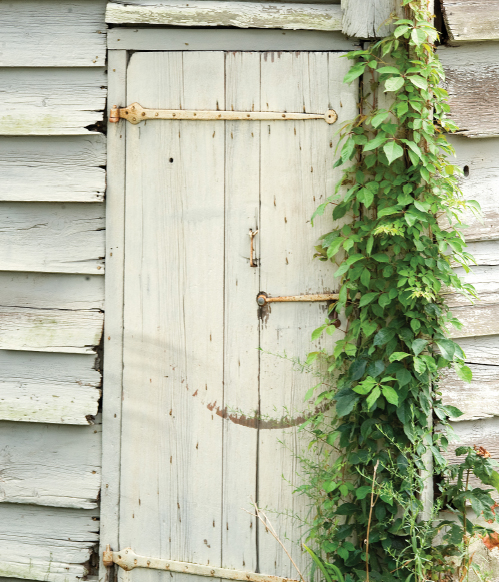
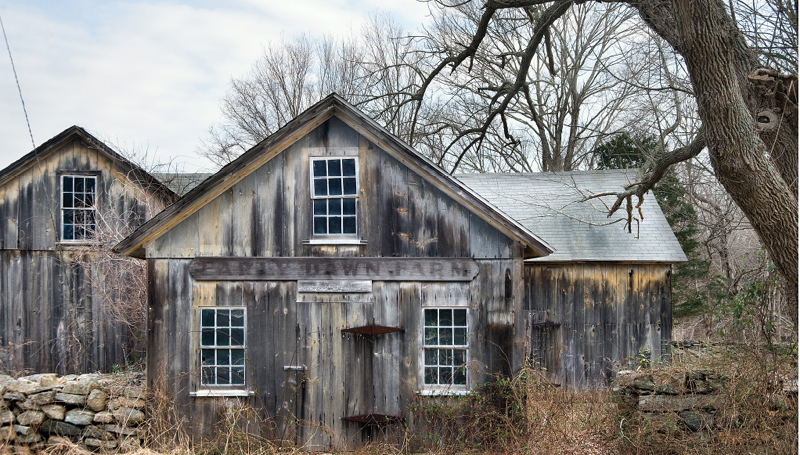
Barns
 of CONNECTICUT
of CONNECTICUT 

MARKHAM STARR
Wesleyan University Press
Middletown, Connecticut
Wesleyan University Press
Middletown CT 06459
www.wesleyan.edu/wespress
2013 Markham Starr
All rights reserved
Manufactured in China
Designed and typeset by Eric M. Brooks in New Baskerville and Egiziano
This book has been printed on paper certified by the Forest Stewardship Council.
Library of Congress Cataloging-in-Publication Data
Starr, Markham.
Barns of Connecticut / Markham Starr.
pages cm. (Garnet books)
ISBN 978-0-8195-7403-9 (cloth: alk. paper) ISBN 978-0-8195-7404-6 (ebook)
1. Barns Connecticut Pictorial works. I. Title.
NA8230.S73 2013
725.37209746 dc23 | 2013012738 |
5 4 3 2 1
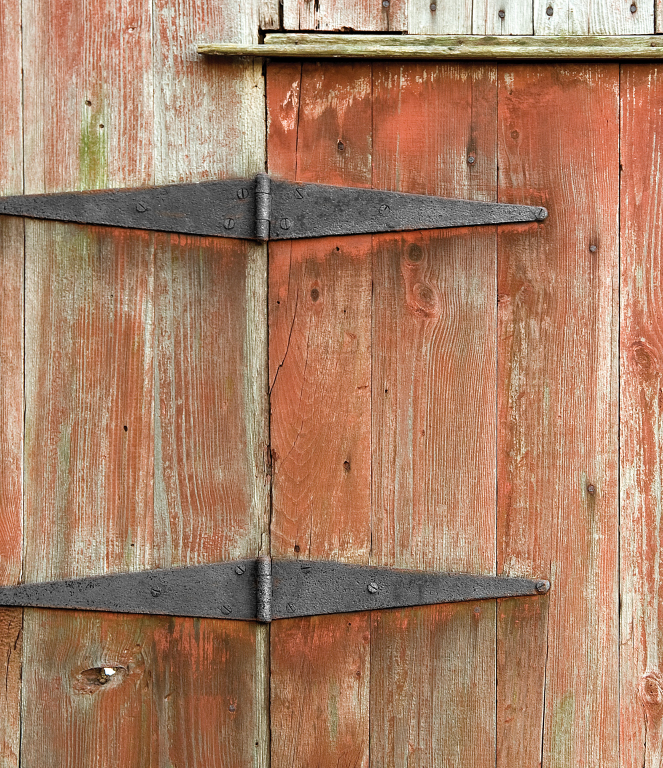
Barns of Connecticut

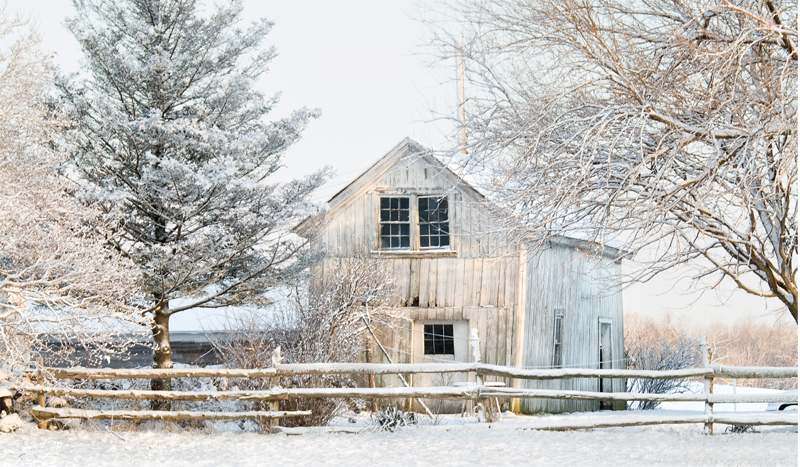
Introduction

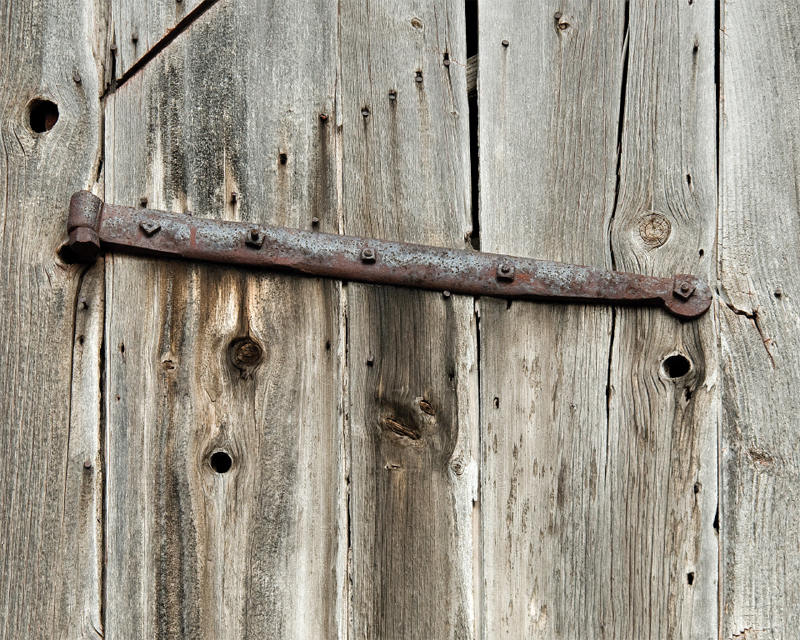
I f you have ever walked into an old barn, you can probably still recall the emotions you experienced. If you have never been in such a building, I suggest you avail yourself of the first opportunity. The colors, textures, and aromas inside a barn bring back the past as few buildings can. For me, walking into a barn is as close as I can get to walking into history. Old churches, town halls, and antique homes, perhaps a bit drafty by modern standards, may retain the barest memory of the years theyve absorbed. Electrical and plumbing systems, however, as well as a hundred other modern transformations, often mask the essence of what it meant to inhabit such a dwelling a century ago. Barns, on the other hand, seldom undergo such transformations. The dust of decades still rests atop timbers long exposed to the passage of time. Webs cast by spiders long since departed festoon the corners, and dried animal dung adds pungency to the air. There is a palpable feeling of the life that once infused the barn.
Early Connecticut barns consist of little more than four walls, a gable roof, and perhaps two doorways. A few windows, if any, illuminate the completely open floor plan within the deceptively simple structure. Nevertheless, for the first European settlers in Connecticut, as with nearly all emerging agricultural societies, the barns important role can hardly be overstated. In fact, as a measure of their importance, barns were once considered military targets in times of war. The British destroyed them during the American Revolution, as did General Sherman a hundred years later in his devastating March to the Sea. A population could be brought to its knees through the destruction of its barns.
While we often think of the church as the most important building in colonial life, it was in fact the barn that held survivals key. Not until basic necessities were well secured could townspeople begin to consider building a house of worship. Barns often came even before houses in order of importance. In early English history one building often served all purposes, and people, animals, and harvests all shared the same space. Without the barn, agricultural life in colder northern climates could not have flourished. Once societies moved beyond the primitive hunting and gathering model that had sustained them for millennia, storehouses became essential to their year-round survival. Settlers arriving in Connecticut in the mid-1600s came from an agrarian heritage, and the barns they built spoke of the culture in which they were embedded. Early Connecticut barns reflect a European heritage in their importance, design, and construction. The model for these buildings was so successful that it would be nearly two hundred years before Connecticut barn builders would consider change.
With this notion of the barns importance to Connecticuts earliest European settlers and my own fondness for them I set out to write this book. Greatly aided by the Connecticut Trust for Historic Preservations Barn Survey, I tried to identify some of the most important barns in the state. This book is not an exhaustive study, but rather a showcase of this marvelous structure in many of the forms that grace our land.
This book is also, I hope, a tribute to the continuing, and continually reflowering, family-farm culture of the state.
The First Barns in Connecticut
When early settlers populated the state, nearly every homestead required a barn of one size or another. Barns held the essentials of life. Horses and oxen used for transportation or work were stabled in the barn. Cows, pigs, chickens, and sheep also required a barn, to moderate winter temperatures and keep predators at bay. Grains and grasses grown to feed farm families and their livestock were stored within these buildings, alongside the animals themselves. And, of course, farmers stored essential field equipment there. While early barns seem humble in appearance, the role they fulfilled was anything but. Our ancestors survived on the three basic essentials: food, clothing, and shelter, and the barn played the leading role in that equation.
The first European settlers in Connecticut were Dutch, following Adriaen Blocks explorations of the coastline in 1614, but English settlers transplanted from Massachusetts soon followed the Dutch into the Connecticut River valley. By the mid-1600s, the English had become the predominant European population.
The very first structures built in New England were, by necessity, quite crude. Rough log structures and earthen homes protected settlers as they cleared land and began to establish themselves and their farms. As soon as circumstances permitted, these early settlers constructed traditionally framed structures like those they had left behind. The earliest surviving home in Connecticut, the Henry Whitfield house, was built of stone in 1639. The oldest timber-framed home in the state is the Joseph Loomis homestead, built one year later, and a dozen or more framed houses constructed before 1700 still stand. These early structures mimic the framing traditions from which they sprang. No Connecticut barns from the 1600s are known to have survived, but we can see some of their foundations and sense their structures from seventeenth-century paintings, drawings, and literature.

Next page
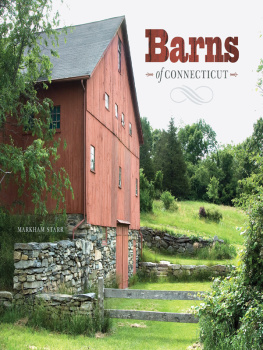


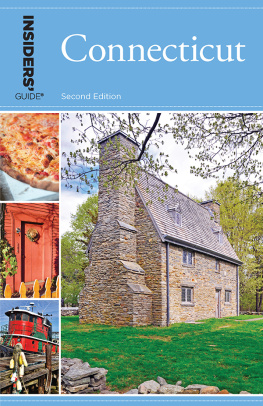
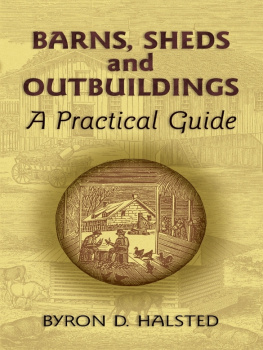
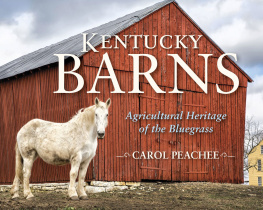
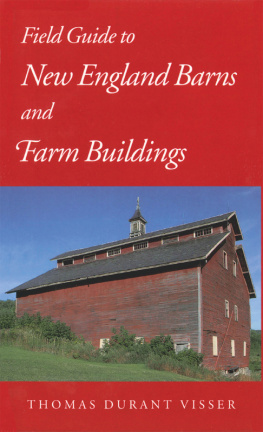
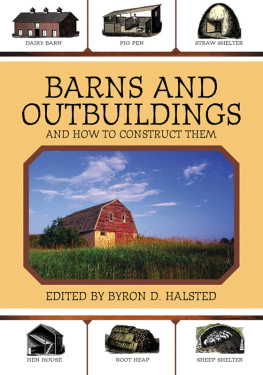
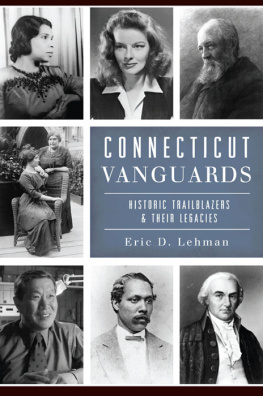
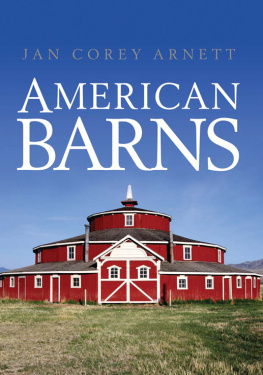




 of CONNECTICUT
of CONNECTICUT 




